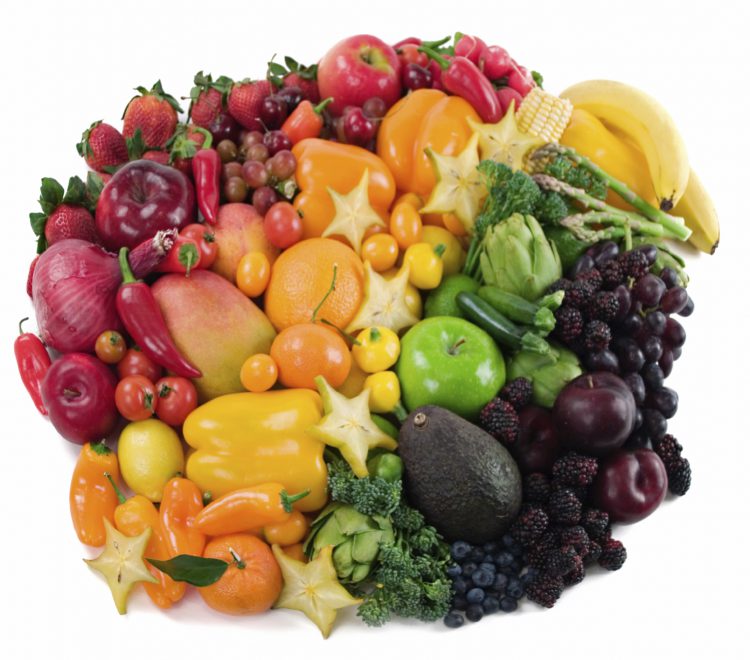With all the different fruits and vegetables available at the grocery store and Farmers Market, it’s hard to know exactly how to store all of them. Here’s a quick reference guide for storing your fresh fruits and vegetables:
Fruits and vegetables that should be stored in the refrigerator (at 40°F or below) include apples (if stored kept longer than 7 days), apricots, Asian pears, berries, cherries, cut fruit, figs, grapes, artichokes, asparagus, green beans, beets, Belgian endive, broccoli, Brussels sprouts, cabbage, carrots, cauliflower, celery, cut vegetables, green onions, herbs (not basil), leafy vegetables, leeks, lettuce, mushrooms, peas, radishes, spinach, sprouts, summer squashes, and sweet corn. They should be stored in separate, perforated plastic bags in produce drawers (one drawer for fruits and one for vegetables).

Fruits that should be ripened on the counter, then refrigerated include avocados, kiwi, nectarines, peaches, pears, plums, and plumcots. When ripening, store different fruits separately in either a paper bag, perforated plastic bag, or ripening bowl away from sunlight.
Fruits and vegetables that should only be stored at room temperature out of direct sunlight include apples (if stored fewer than 7 days), bananas, citrus fruits, mangoes, melons, papayas, persimmons, pineapple, plantain, pomegranates, basil (in water), ginger, jicama, pumpkins, tomatoes, and winter squashes. Garlic, onions, potatoes, and sweet potatoes should be stored in a well-ventilated area in the pantry. Cucumbers, eggplants, and peppers should also be stored at room temperature but can be refrigerated for a few days if they’re used soon after removing from the refrigerator.
Remember to wash fresh fruits and vegetables under running water before you cut, eat, or cook them. Fruits and vegetables labeled “ready-to-eat” or “washed” don’t need to be washed again before using. After they’re cut, all fruits and vegetables should be stored in an airtight food storage container or a resealable plastic bag in the refrigerator. Refrigerate cut, peeled, and cooked fruits and vegetables within two hours.
Wash fruits and vegetables in cool running water before freezing. Fruits should be treated with ascorbic acid before freezing, while vegetables should be blanched before freezing. Only use freezer-safe containers or bags when freezing fruits and vegetables. Do not thaw frozen vegetables before using them. Fruit that’s been frozen is best served partially frozen.
- Cara